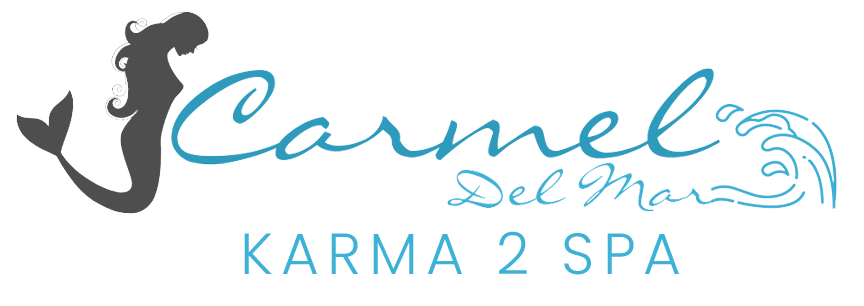Lasers and light-based modalities are truly some of the most exciting developments in skin care today.
Whatever your concern, there is probably a laser or light-based therapy to address it. This approach is
often not only more effective, but usually more cost-effective than expensive than creams. Also, today’s
lasers are known to have little downtime. Often, the only side effect is a little temporary redness.
I’ll outline the major categories in laser technologies available today, but keep in mind that new lasers
and light-based treatments are rapidly advancing. Find a dermatologist who employs a variety of devices,
usually they will be affiliated with a teaching hospital. They are often no more expensive than traditional
providers. Let’s take a look at the major types of technology out there today.
First is the category of fractional lasers. They are called fractional because they target only a fraction of
the skin’s surface, thereby limiting side effects. These lasers have been around since the 80’s, the first
being the CO2 ablative laser. Ablative meaning they affect the deeper layers of the skin, resulting in
peeling over a period of several days. The first iterations of these lasers were known for dramatic
improvements in skin texture, scarring and general wrinkling. However, the downtime was excessive,
necessitating a week or more of home seclusion and substantial aftercare. Nevertheless, the results were
dramatic and exciting. Today, there are newer versions of these fractional lasers, that accomplish much
improvement without significant downtime. Some are ablative, some non-ablative.
The next category is vascular lasers. VBeam is an example of this type of laser. These are effective at
treating telangiectasias, i.e. broken capillaries, port wine stains rhinophyma, etc. A few treatments may
be necessary, but they are usually affordable.
These lasers work by targeting chromophores in the skin. A particular wavelength will target a specific
pigment. Some target red, others target blue or purple. They do not impact the surrounding tissues, so
little to no downtime.
There are also lasers like the Colo Touch Varia, that target blueish circles under the eyes, along with the
larger blue veins in the temple area. Again, multiple treatments may be necessary, but the results are
dramatic.
There are newer non-ablative lasers, like the Pico Sure, which is great for textural issues, wrinkles and
hyperpigmentation. These are more expensive, but usually one or two sessions are enough to resolve
the problems.
A relative newcomer to the game is the Genius. A hybrid laser/RF micro needling device. This uses a
heated device to target sagging skin and improve texture, particularly along the jawline. These are also
indicated for enlarged pores, scarring, stretch marks and fine lines. These RF devices are exciting. Some
are also fractional also. They use Invasive Monopolar RF and superficial settings to enhance results.
There is minimal pain and downtime associated with these devices. Other popular RF treatments include
EndyMed and the Collagen Pin system. Micro needling can also be combined with PRP i.e. Platelet-Rich
Plasma to treat fine lines and hair loss. Micro needling should never be performed by an esthetician,
only a dermatologist or highly trained nurse.
IPL, or intense pulsed light, is still used today and the technologies are constantly improving. The original
“no-downtime treatment, IPL targets multiple problems at once. The results are more modest than a
targeted laser, but they’re a good option for some people with minimal concerns. Sometimes, they’re
called “lunch time peels”. Clear and Brilliant is an example of this type of treatment.
In summary, there are many effective lasers and light-based modalities worth your consideration. Work
with an experienced dermatologist to determine which is right for you and have them advise you of the
effectiveness of each laser, as there is a lot of hype surrounding the release of a new device. Some do
not stand the test of time. Some leading dermatologists in the field are Dr. Robert Weiss in Baltimore, Dr.
Jeffrey Dover in Boston and Dr. Mitchell Goldman in San Diego.
Carmel Buckley
